Change is the only constant in life," said the ancient philosopher Heraclitus. This saying resonates with anyone who has had to pack up their life and move to a new place. Whether you're moving across town or to a completely different state, relocation is a huge, life-altering event.
But did you know that nearly 10% of Americans move each year? And among those, 40% move for work-related reasons, according to the U.S. Census Bureau. These numbers highlight how common job-related relocations are, yet the process itself is often stressful and financially draining. That’s why you should know about the Relocation Assistance Program.
Imagine being offered your dream job in a new city but then realizing that the cost of moving alone could put you in a tight financial spot. The cost of a cross-country move can average between $2,500 and $7,500, depending on the size of your home and the distance. For a company, the price tag of relocating an employee is even higher—reaching an average of $97,000 for a homeowner and $24,000 for a renter.
Let's explore in detail these programs, what they include, and why they matter so much.
What is the Relocation Assistance Program?
The Relocation Assistance Program is designed to help individuals and families cope with the challenges of moving. This program provides a range of services and financial assistance to reduce the burdens associated with relocating. It can vary significantly depending on the context—federal projects, military relocations, or employer-sponsored moves.
Why is it Important?
According to a survey, nearly 40 million Americans move yearly, and a substantial percentage of these moves are related to employment opportunities. The Relocation Assistance Program eases the financial and logistical burdens that often accompany such transitions. It provides critical support to ensure individuals and families can settle into their new environments with minimal stress.
Types of Relocation Assistance
Let’s break down the types of assistance typically available through the Relocation Assistance Program.
- Financial Assistance
- This often includes reimbursement for moving expenses, which might cover transportation, storage fees, and temporary lodging.
- For federally funded projects, benefits can be substantial. The recent updates to the Uniform Relocation Assistance and Real Property Acquisition Policies Act (URA) allow for a 33% increase in benefit levels to keep pace with inflation
- Housing Assistance
- This includes helping find comparable housing in the new location. Agencies typically strive to find homes that match the price and quality of the original residence, ideally within the same neighborhood
- Moving Services
- Many programs offer logistical support, including packing, loading, and unloading services. This is especially beneficial for families or individuals who may be moving long distances.
- Counseling and Information Services
- Programs often provide information on the new area's housing market, schools, and local services. This can include personal consultation to help address any specific needs or concerns.
Eligibility Criteria
Eligibility for the Relocation Assistance Program often depends on the reason for the move. For example, military personnel moving to a new duty station typically qualify for robust assistance through military-specific programs. In contrast, individuals displaced by federally funded projects must meet certain criteria under the URA to receive benefits.
Key Benefits of the Program
Let’s highlight some of the standout benefits of utilizing the Relocation Assistance Program:
- Reduced Financial Burden: With the assistance covering a significant portion of moving costs, you can save money during an already costly transition.
- Expert Guidance: Moving can feel overwhelming, but having professionals guide you through the process can simplify the logistics and reduce anxiety.
- Community Integration: By receiving information about your new neighborhood, you can better acclimate to your new surroundings, making the transition smoother for you and your family.
Recent Updates to the Program
The Biden-Harris Administration recently updated the URA, marking the first significant change in nearly 20 years. This update includes enhanced protections and increased benefit levels to serve better those impacted by federally funded projects. Key highlights include
- An increase in benefit levels to reflect inflation since 2012.
- Clarifications on reimbursable fees, such as application and credit check fees.
- A focus on minimizing the adverse impacts of displacement by improving the relocation planning process.
Impact of the Relocation Assistance Program
To better illustrate the impact of the Relocation Assistance Program, consider the following table showcasing the average costs associated with moving, which many of these programs aim to cover:
| Expense Type | Estimated Average Cost |
|---|---|
| Moving Company Fees | $1,500 - $3,000 |
| Temporary Housing | $2,000 - $5,000 |
| Security Deposits | $500 - $2,000 |
| Miscellaneous Fees | $300 - $800 |
| Total Estimated Cost | $4,300 - $10,800 |
This table highlights the financial burden many face when relocating, which underscores the importance of the Relocation Assistance Program in alleviating these costs.
National Programs
When it comes to relocation assistance, various national programs have been developed to provide support to individuals and families during their moves. Here s a closer look at some of these key programs and how they can help you:
- Uniform Relocation Assistance and Real Property Acquisition Policies Act (URA)
This federal law ensures that individuals displaced by federally funded projects receive fair compensation and assistance. Under the URA, eligible individuals can access a range of benefits, including:
-
- Financial Assistance: Recent updates have allowed for a 33% increase in benefit levels, reflecting inflation since 2012. This adjustment means that those affected can receive more substantial support to help cover moving expenses, which can average between $4,300 and $10,800, depending on various factors.
- Relocation Counseling: The program provides essential counseling services to help displaced persons understand their rights and their benefits. This guidance can significantly ease the transition for families and individuals.
2. Military Relocation Assistance Programs
Moving is often a way of life for military personnel and their families. The Department of Defense (DoD) offers specialized programs to support service members during their relocations:
-
- Permanent Change of Station (PCS) Allowances: When assigned to a new duty station, service members can receive financial support to cover moving expenses. This includes reimbursement for moving company fees, temporary lodging, and travel expenses, which can be crucial given that around 250,000 service members relocate each year.
- Relocation Resources: The DoD also provides resources and tools to help military families find housing, schools, and local services at their new locations, ensuring a smoother transition.
3.Federal Housing Administration (FHA) Programs
The FHA offers various assistance programs aimed at making homeownership more accessible, especially for those relocating:
-
- Down Payment Assistance: Many states and localities provide down payment assistance programs for first-time homebuyers, which can be tremendously helpful for those moving to new areas. According to recent statistics, down payment assistance can cover anywhere from 3% to 10% of the purchase price, significantly alleviating the financial burden of buying a home.
- Homebuyer Education: The FHA also offers educational resources to guide prospective buyers through the homebuying process, helping them make informed decisions as they settle into their new communities.
4.Job Relocation Programs
Many employers participate in relocation assistance programs as part of their benefits package, especially for employees taking on new roles in different locations:
-
- Employer-Sponsored Moving Expenses: A recent survey indicated that about 60% of companies offer relocation assistance, which can cover moving costs, temporary housing, and even help with selling a home. This support can make a significant difference, especially when considering that the average cost of hiring a moving company ranges from $1,500 to $3,000.
- Career Counseling: Some companies also provide career counseling services to help employees navigate job markets in their new locations and ensure they feel supported throughout the transition.
Other Relocation Assistance Programs
Several other relocation assistance programs can provide valuable support beyond the national programs and nonprofits we've discussed. These initiatives cater to various demographics and needs, ensuring that help is available to anyone facing the challenges of moving. Here's a closer look at some of these programs:
- State-Specific Relocation Assistance Programs
Many states have their own relocation assistance initiatives designed to help residents during moves, particularly in response to economic or housing crises:
-
- Housing Assistance: California's Housing Choice Voucher Program offers rental assistance to low-income families, enabling them to afford housing in new locations. In 2021, approximately 73,000 families benefitted from this program, easing their transition to more stable living conditions.
- Job Relocation Grants: Some states, like Texas and Florida, provide grants to help individuals relocate for new job opportunities, especially in targeted industries. These grants can cover moving and temporary living expenses, helping stimulate local economies.
2.Federal Employee Relocation Programs
Employees of federal agencies can access specific relocation benefits tailored to their needs:
-
- Federal Employees Relocation Assistance Program (FERA) offers comprehensive support for federal employees relocating for work. Benefits can include reimbursement for moving expenses, temporary lodging, and even home sale assistance. According to a 2022 report, approximately 90% of federal employees who utilized FERA reported a smoother transition due to these benefits.
- Training and Orientation: FERA also provides relocation training sessions that help employees understand the benefits and how to navigate their new environment effectively.
3.Relocation Assistance for Seniors
As individuals age, they may face unique challenges when relocating, especially if they are downsizing or moving to assisted living facilities:
-
- Senior Relocation Services: Various programs cater specifically to seniors, offering specialized moving assistance, packing services, and emotional support during the transition. According to a recent survey, about 35% of seniors who moved reported feeling less anxious due to the help of dedicated senior relocation services.
- Financial Aid Programs: Some states provide financial aid for seniors needing help with moving costs, particularly those moving into low-income housing or assisted living facilities.
4.College and University Relocation Assistance
Many colleges and universities offer relocation support for students and faculty moving for academic purposes:
-
- Student Services: Institutions often provide resources such as moving stipends, housing referrals, and connections to local services to students transferring to new campuses. According to a 2021 study, over 40% of transferring students reported that these services significantly reduced their stress during the transition.
- Faculty Relocation Packages: Universities often provide relocation packages for new faculty members, which can include financial assistance for moving expenses, temporary housing, and even help with navigating local communities.


































































































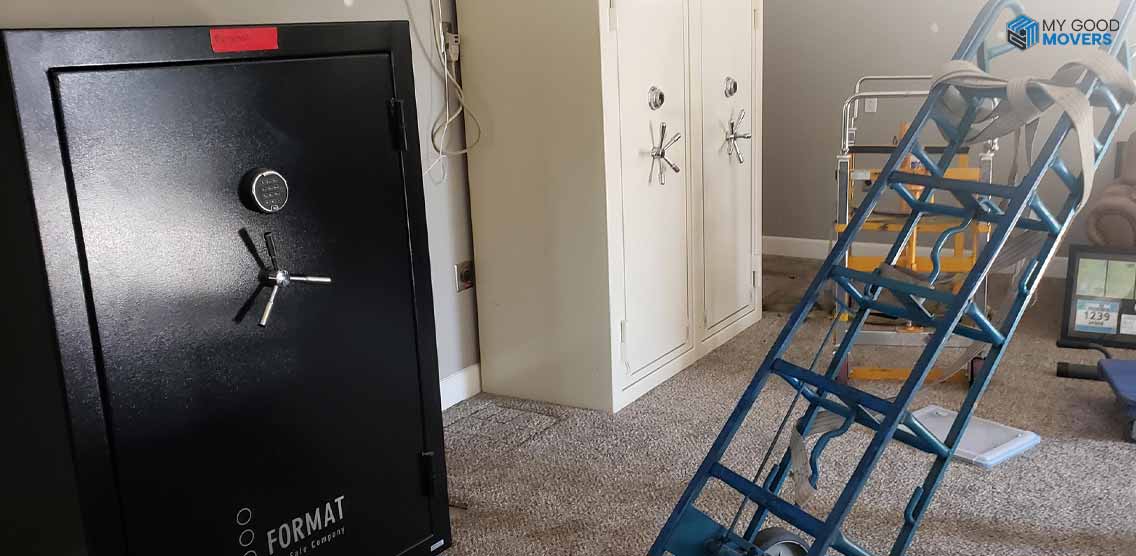










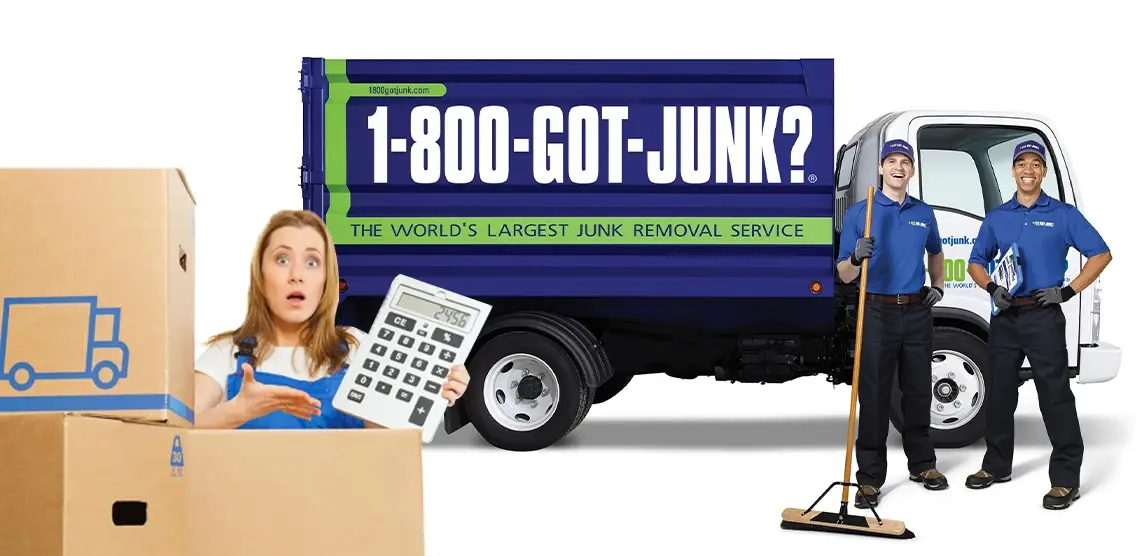
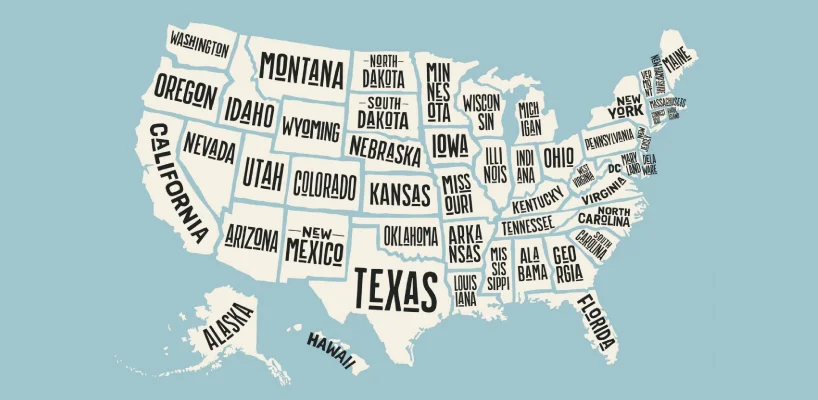






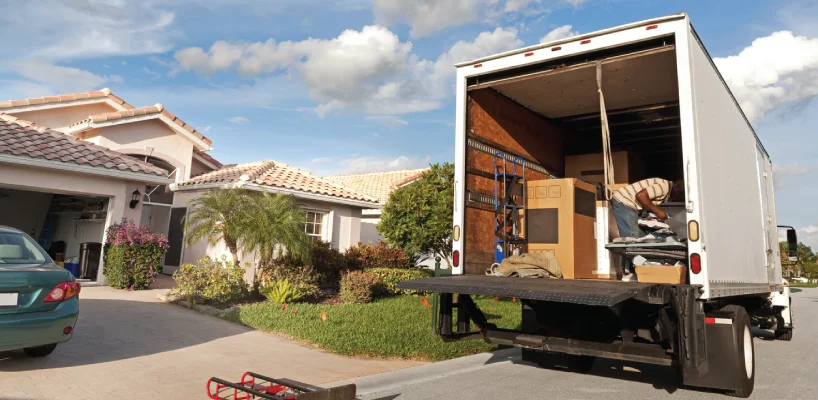




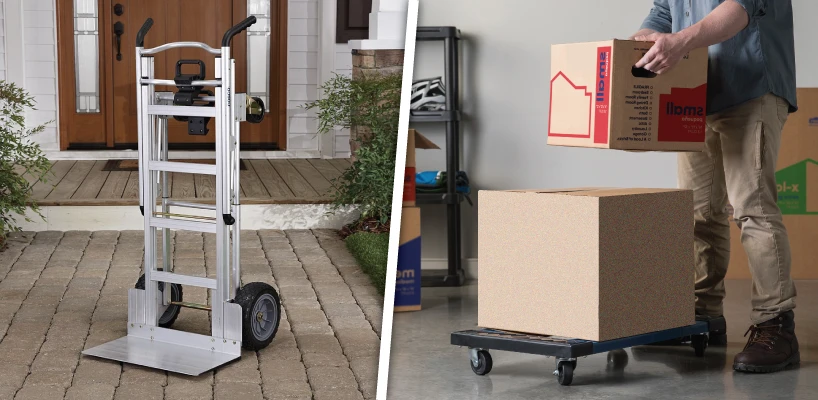




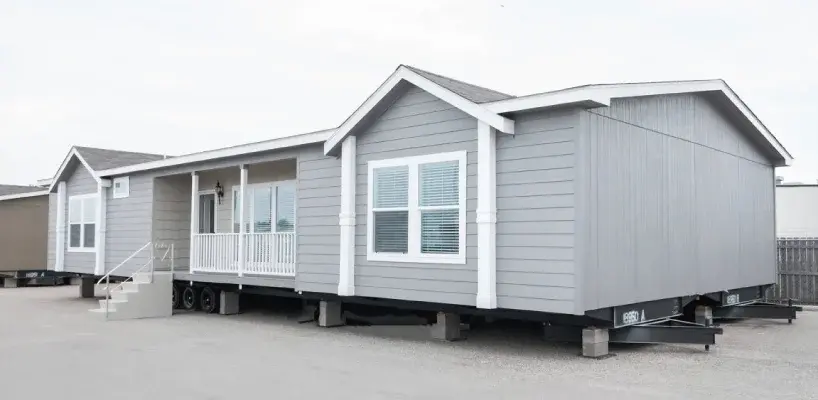


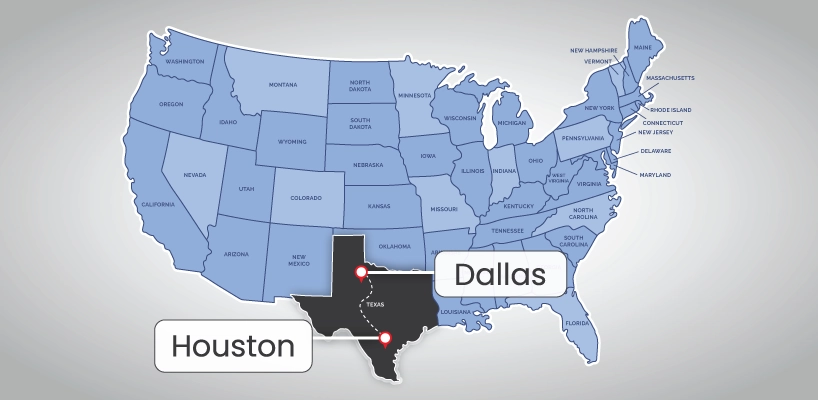


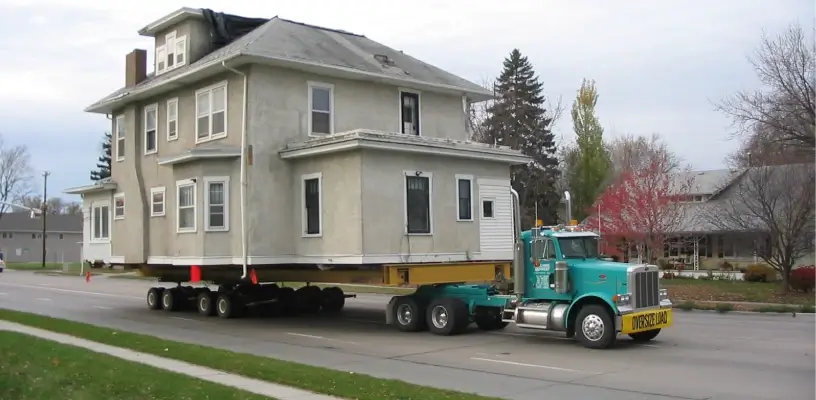







 (239) 799–6077
(239) 799–6077